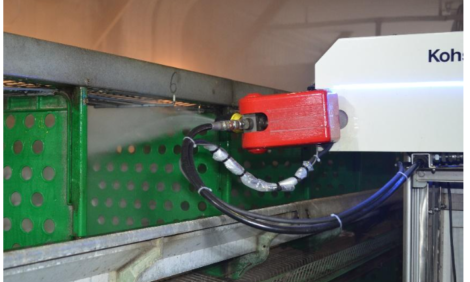



Indications of the Future Structure of World Meat Trade
By John H. Dyck and Kenneth E. Nelson. This is the sixth article in the series taken from the Economic Research Service's Structure of the Global Markets for Meat report. To read the other articles in this report, see the Further Sections table below.
In general, the structure of world meat trade is likely to become more complex in the future. There are several reasons why trade flows could proliferate, which repeat some basic points raised in this report.
If protectionist barriers to trade (e.g., tariffs) diminish, more countries will be able to trade in meat.
Economic development, accompanied by rising meat consumption, will increase the markets for meat in some developing countries, and these larger markets will encourage imports.
The differences in demand for meat cuts are likely to lead to an increasing number of intra-industry trade flows, with countries both importing and exporting.
Labor costs play a large role in the meat supply chain. Labor costs are lower in developing countries, and meat processing for export in these countries, based on the labor advantage, may grow.
Increased attention to animal disease control would open export opportunities for more countries, or regions within them.
Despite the outlook for overall growth in trade volume and complexity, some trade flows may diminish. Russia, which accounted for 25-30 percent of the broiler meat trade between 1996 and 2002, has decreed new quota limits on imports. In the long run, Russia's increasing efficiency in producing and exporting grain may also strengthen its production of poultry meat and pork, decreasing import demand.14 Also, if animal disease prevalence increases in the future, trade flows that now exist may disappear, at least temporarily.
The fact that meat production automatically generates many joint products - the set of cuts and byproducts - makes it possible for the slaughter of one animal to generate exports to several countries. The observed differences in preferences for cuts currently help shape the poultry trade, as do differences in demand for edible byproducts (offal) of all the meats. Preference differences across countries may also be important for beef and pork cuts, in addition to offal. To the extent that these differences exist, trade in meats is likely to go not simply west across the Pacific, or north from Oceania, but to move in many other directions, including into North America as well as out of it. U.S. producers will face a more dynamic market with competition varying among cuts and species, new potential import suppliers, and a larger number of export opportunities.
Source: U.S. Department of Agriculture, Economic Research Service - September, 2003









